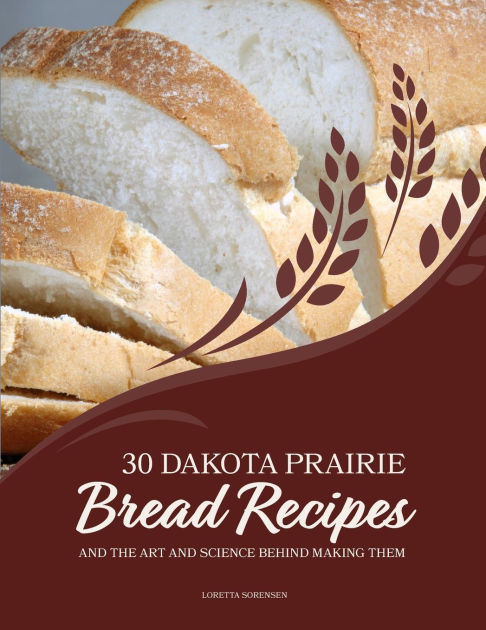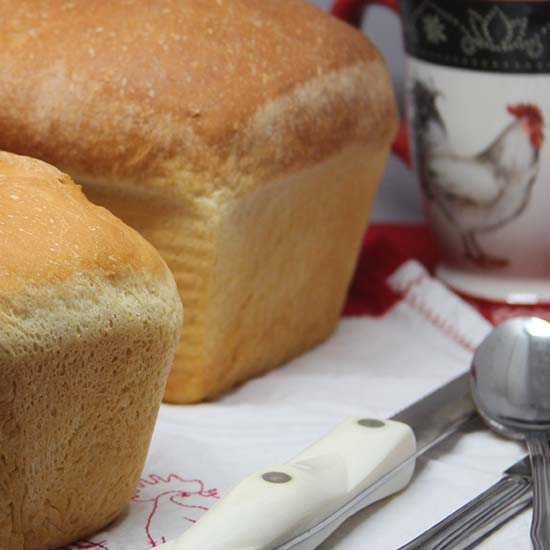These five steps are critical to achieving the high-rise loaf that’ almost too pretty to eat! I’m happy to explain each one.
- Yeast will not activate until it’s exposed to a temperature of at least 95 degrees (Fahrenheit). However, that’s the minimum temperature to get minimum yeast activity. To fully activate the amount of yeast your bread recipe calls for, the liquid it’s dissolved in should be between 105 degrees and 110 degrees (Fahrenheit). That is the optimum temperature to stimulate yeast activity. If the liquid is more than 112 degrees (Fahrenheit), the yeast will die. That temperature is too hot. Use a digital thermometer to verify that your recipe liquid is in the ideal temperature range and your yeast will bloom! And do activate the yeast in water that contains sweetener of some kind – sugar, honey, maple syrup, etc.
- As your dough raises, the yeast needs moisture to remain active. If you use too much flour, the yeast doesn’t have adequate moisture, which will hinder the rise. The loaf will be flatter, dense and not nearly as tasty.
- There are bread recipes that don’t require kneading. Typically, the rise times for those recipes is three-plus hours. These types of recipes generally produce a low-rising loaf. If you want to produce a high-rise loaf of bread within a two-hour time period, include two 15-minute knead cycles in your dough prep method. This develops the gluten in the flour you use, which goes hand in hand with a high rise.
- Since the yeast in your bread recipe will be active throughout the dough prep and final rise, it’s important to keep the bread dough in an environment that doesn’t rob the heat yeast needs to continue working. Most ovens are an ideal place to complete the final rise. If desired, you can warm the oven slightly before placing your bread pan inside it.
- Once your bread dough has risen to the top of the pan, or an inch or so above it, you can set the dough aside (on top of the oven works well) and preheat the oven to 350 degrees (Fahrenheit). When we’re in a hurry, it’s tempting to put the dough in the oven before it reaches 350 degrees. However, doing so may hinder the final rise, as that warm temperature provides the last little push yeast needs to bring the bread dough to its loftiest height.
If you’re in the process of finding a traditional bread recipe and method that works for you, these tips can help you achieve the kind of beautiful loaf you might hate to cut into!
Looking for a recipe book with more bread-baking tips and 30 recipes? Check out “30 Dakota Prairie Bread Recipes” at the link b

